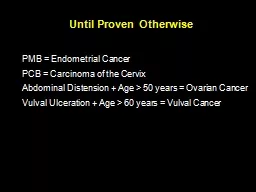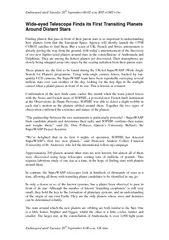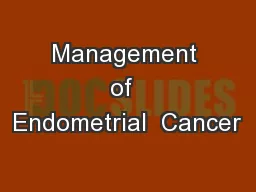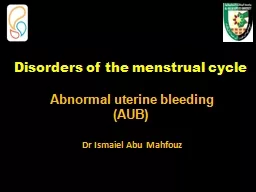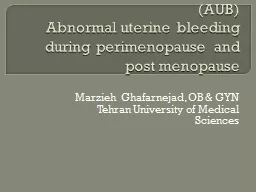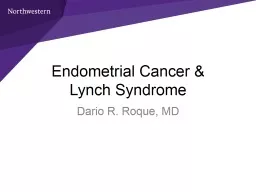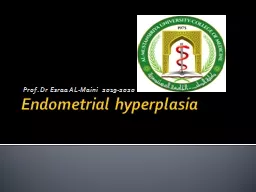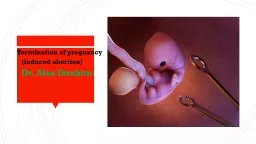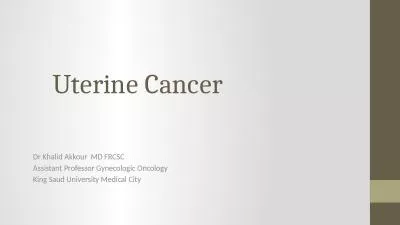PPT-Until Proven Otherwise PMB = Endometrial Cancer
Author : olivia-moreira | Published Date : 2018-10-11
PCB Carcinoma of the Cervix Abdominal Distension Age gt 50 years Ovarian Cancer Vulval Ulceration Age gt 60 years Vulval Cancer Government Pledges on Waiting
Presentation Embed Code
Download Presentation
Download Presentation The PPT/PDF document "Until Proven Otherwise PMB = Endometrial..." is the property of its rightful owner. Permission is granted to download and print the materials on this website for personal, non-commercial use only, and to display it on your personal computer provided you do not modify the materials and that you retain all copyright notices contained in the materials. By downloading content from our website, you accept the terms of this agreement.
Until Proven Otherwise PMB = Endometrial Cancer: Transcript
Download Rules Of Document
"Until Proven Otherwise PMB = Endometrial Cancer"The content belongs to its owner. You may download and print it for personal use, without modification, and keep all copyright notices. By downloading, you agree to these terms.
Related Documents

